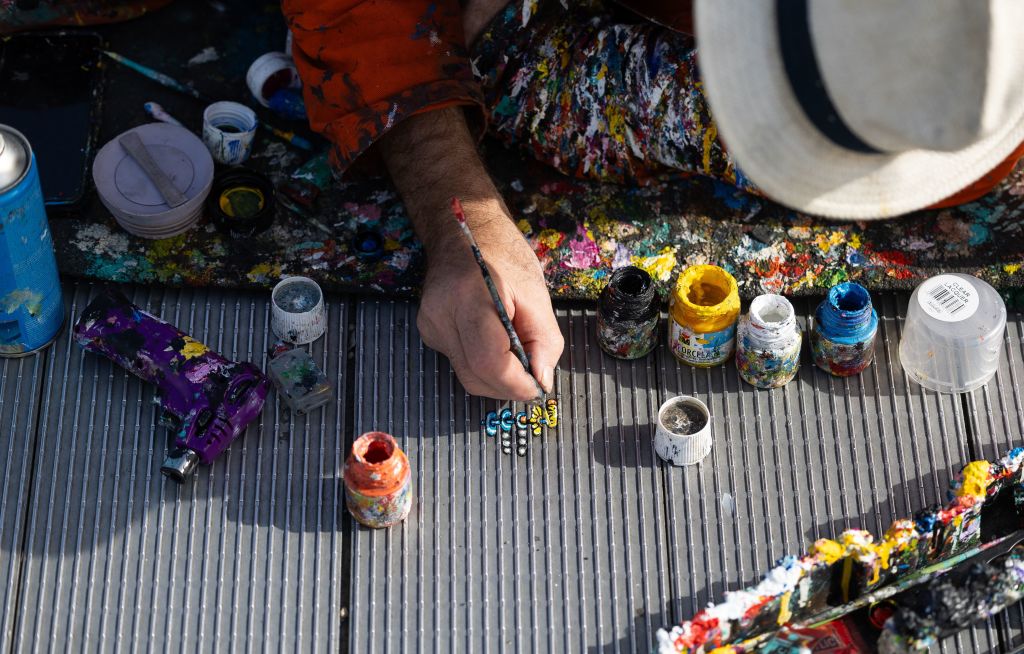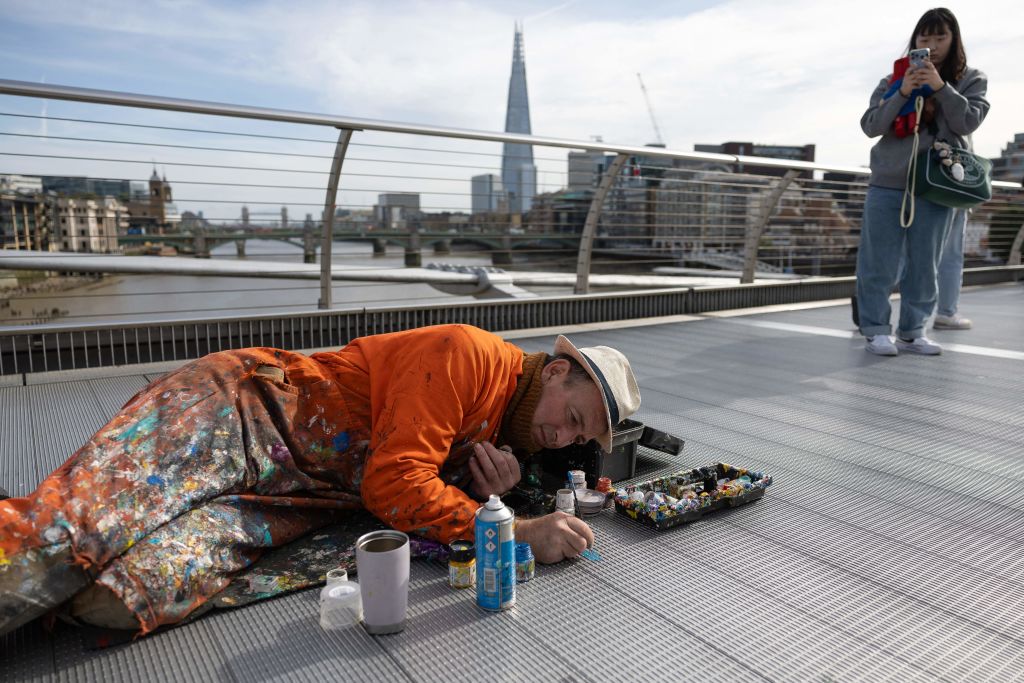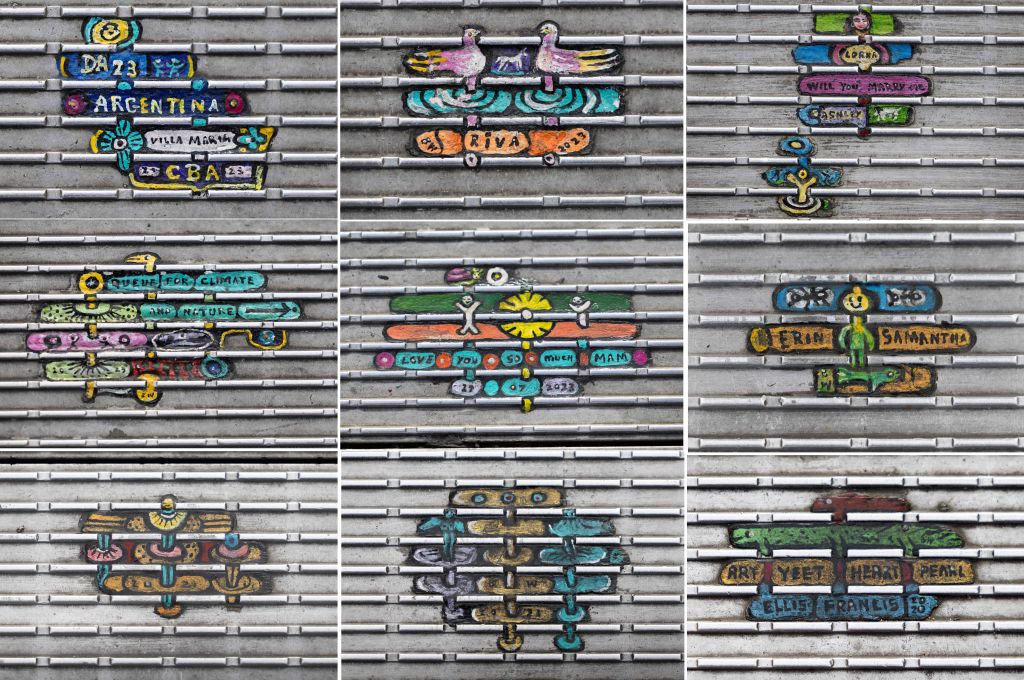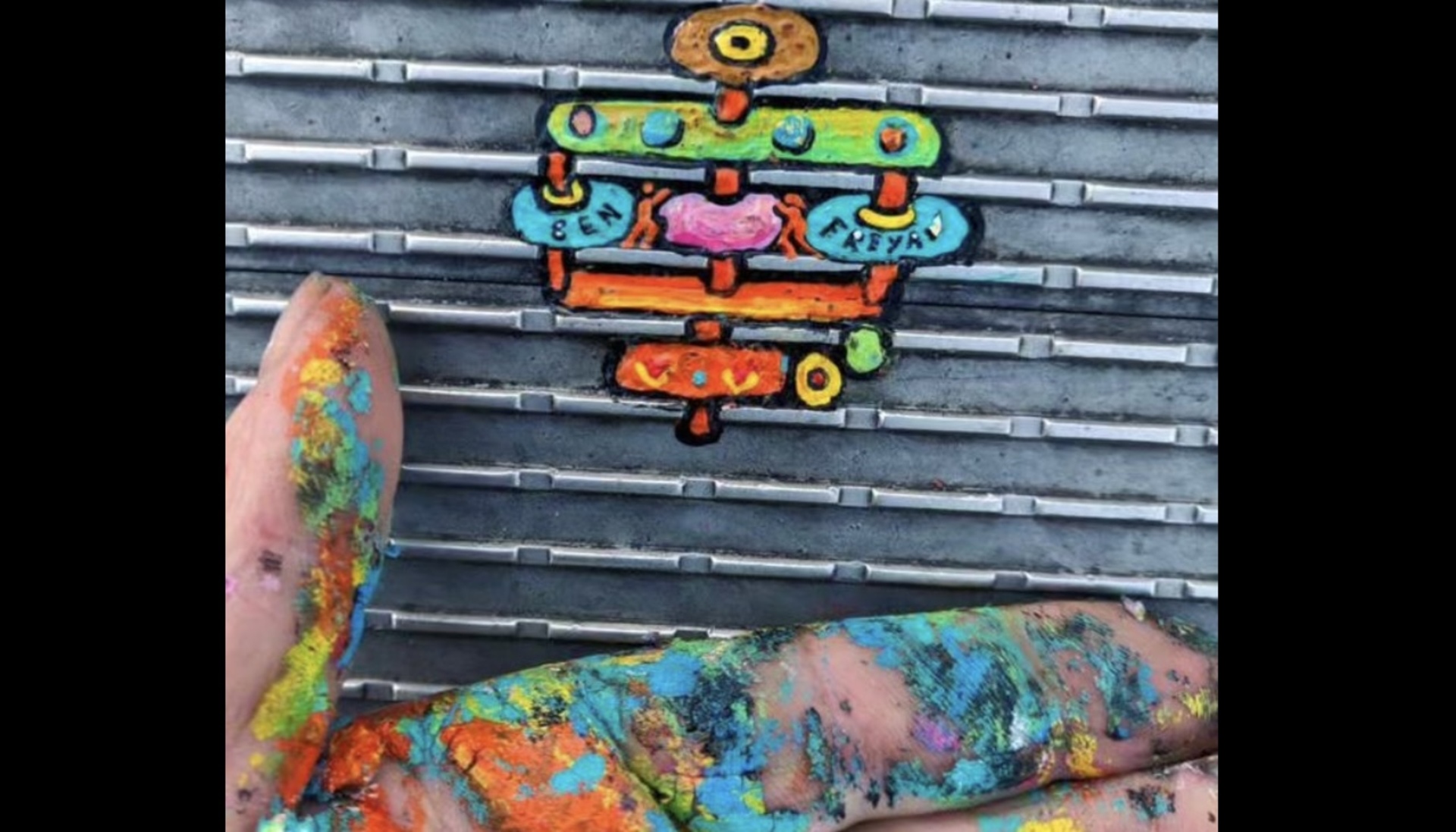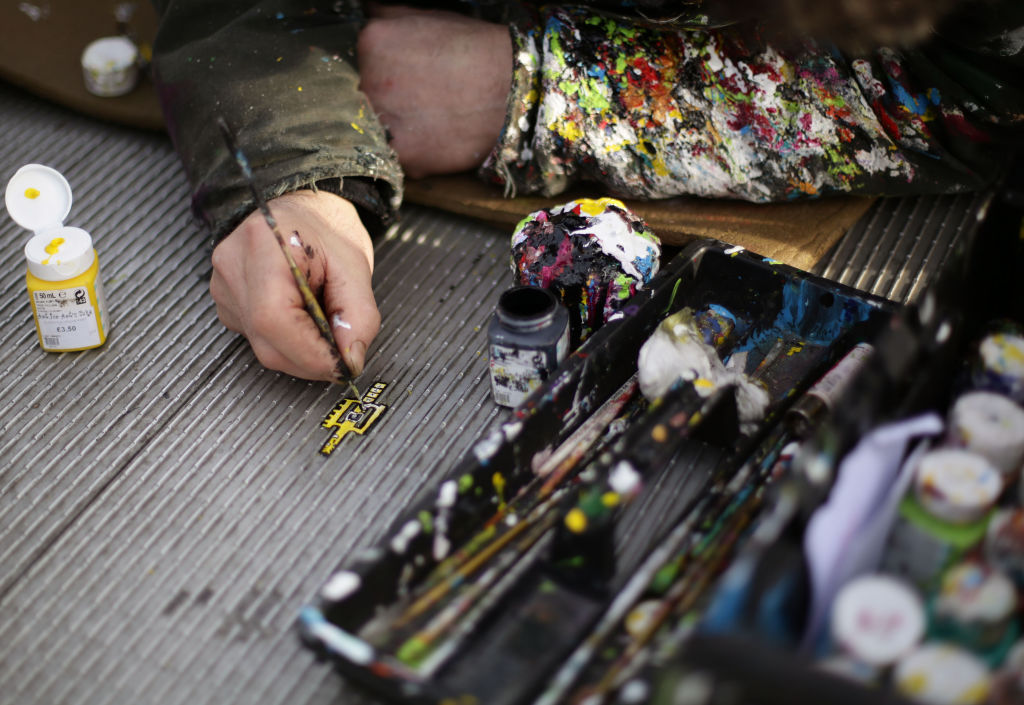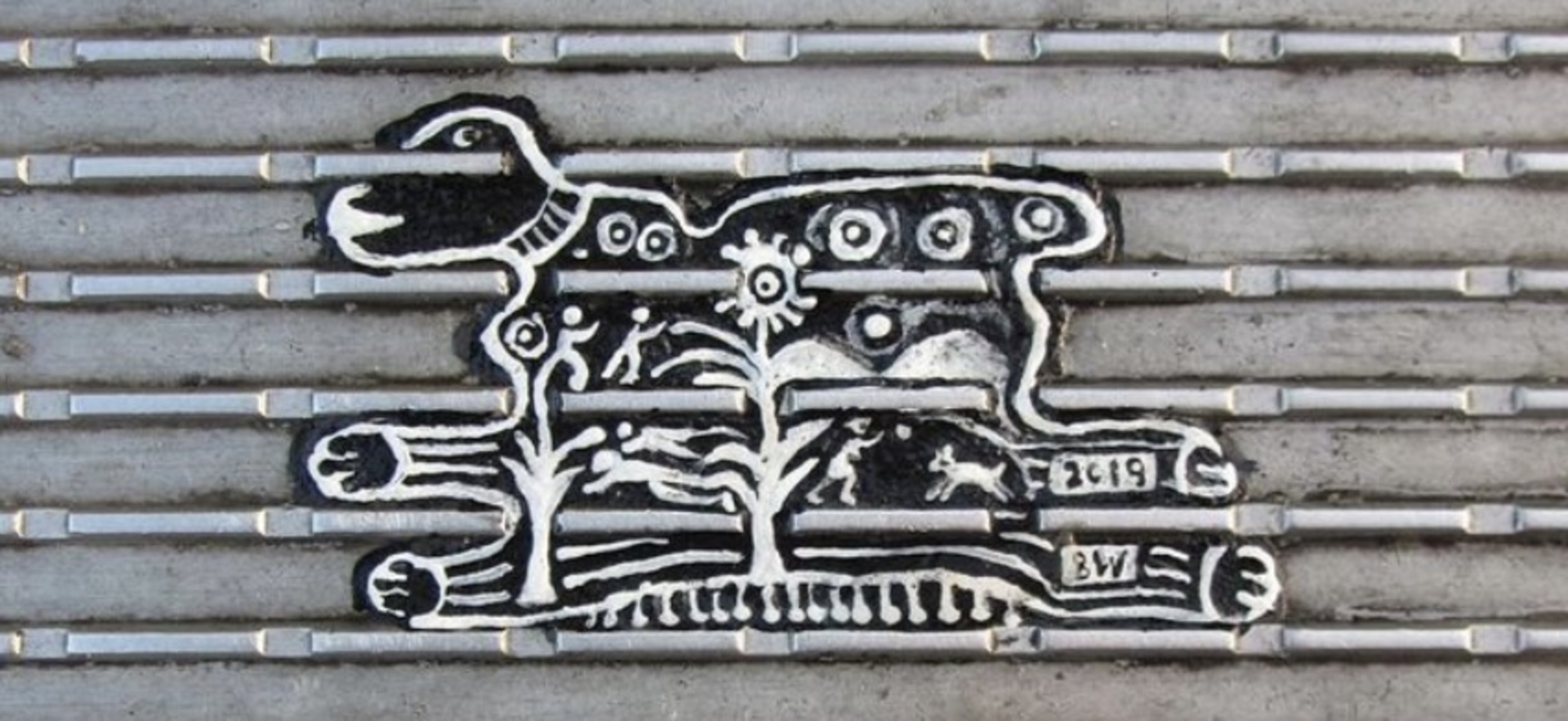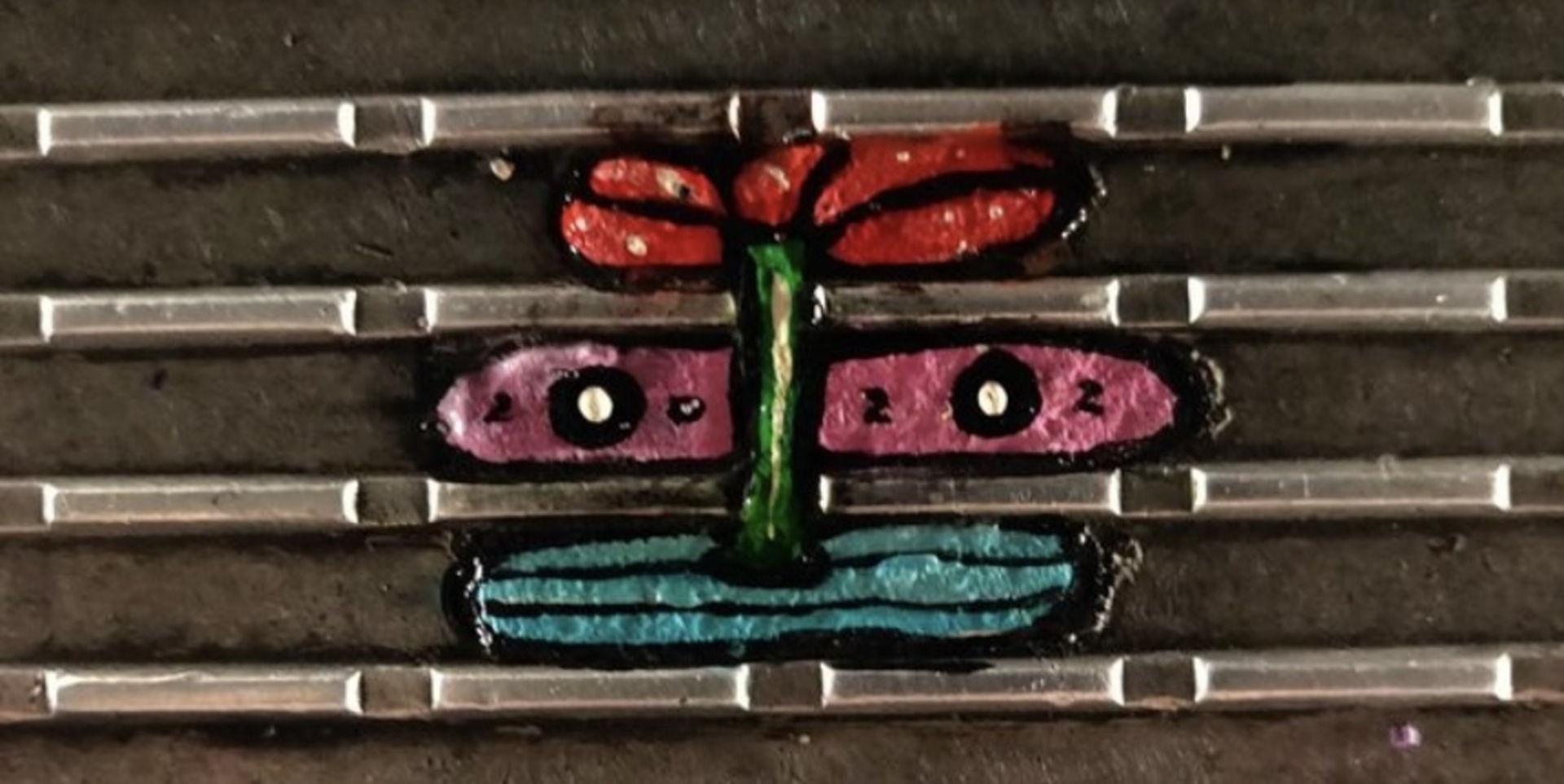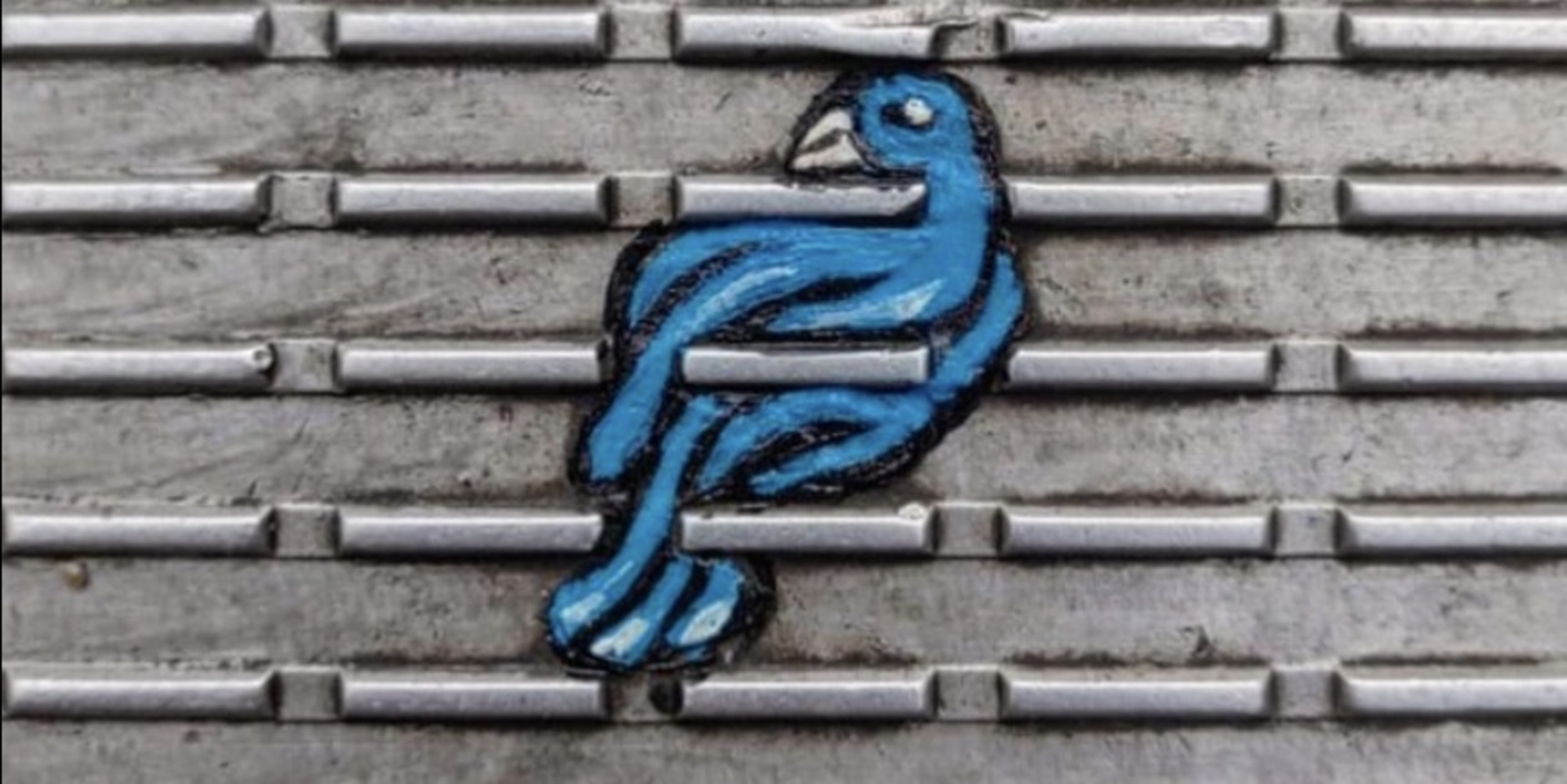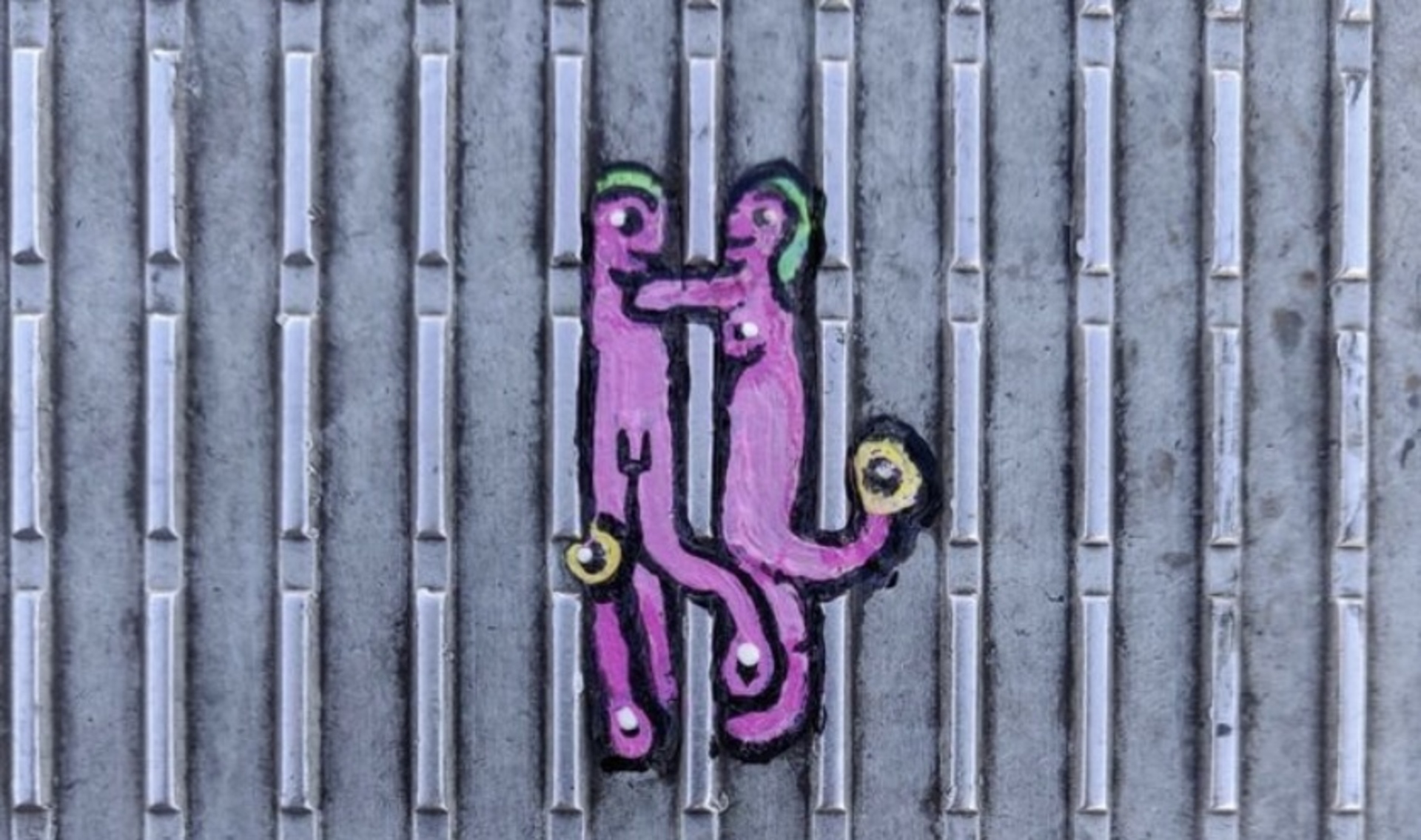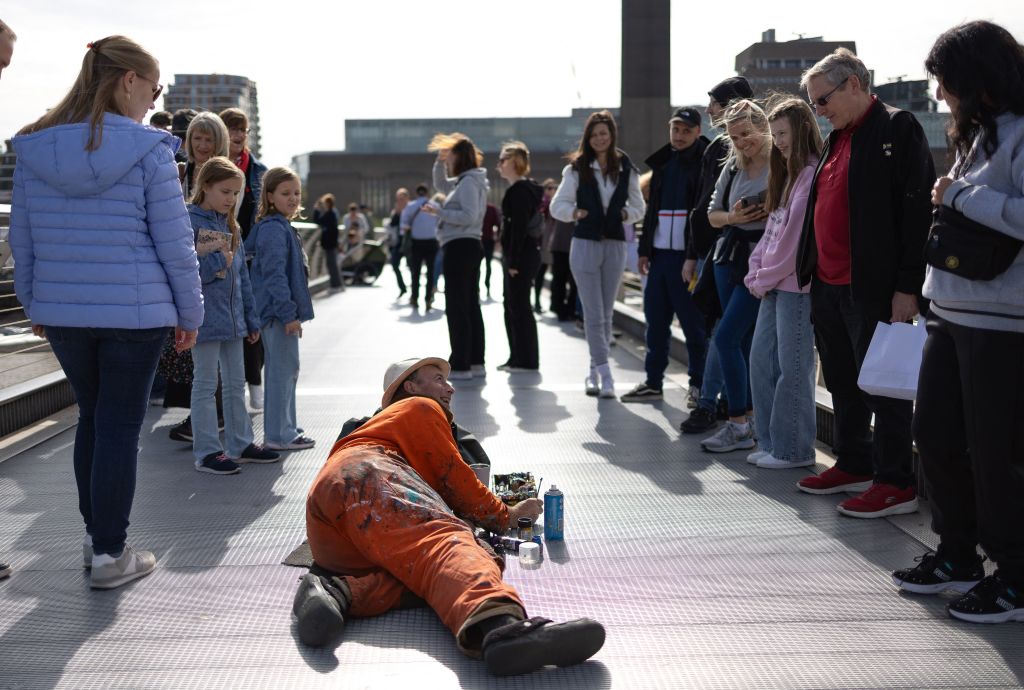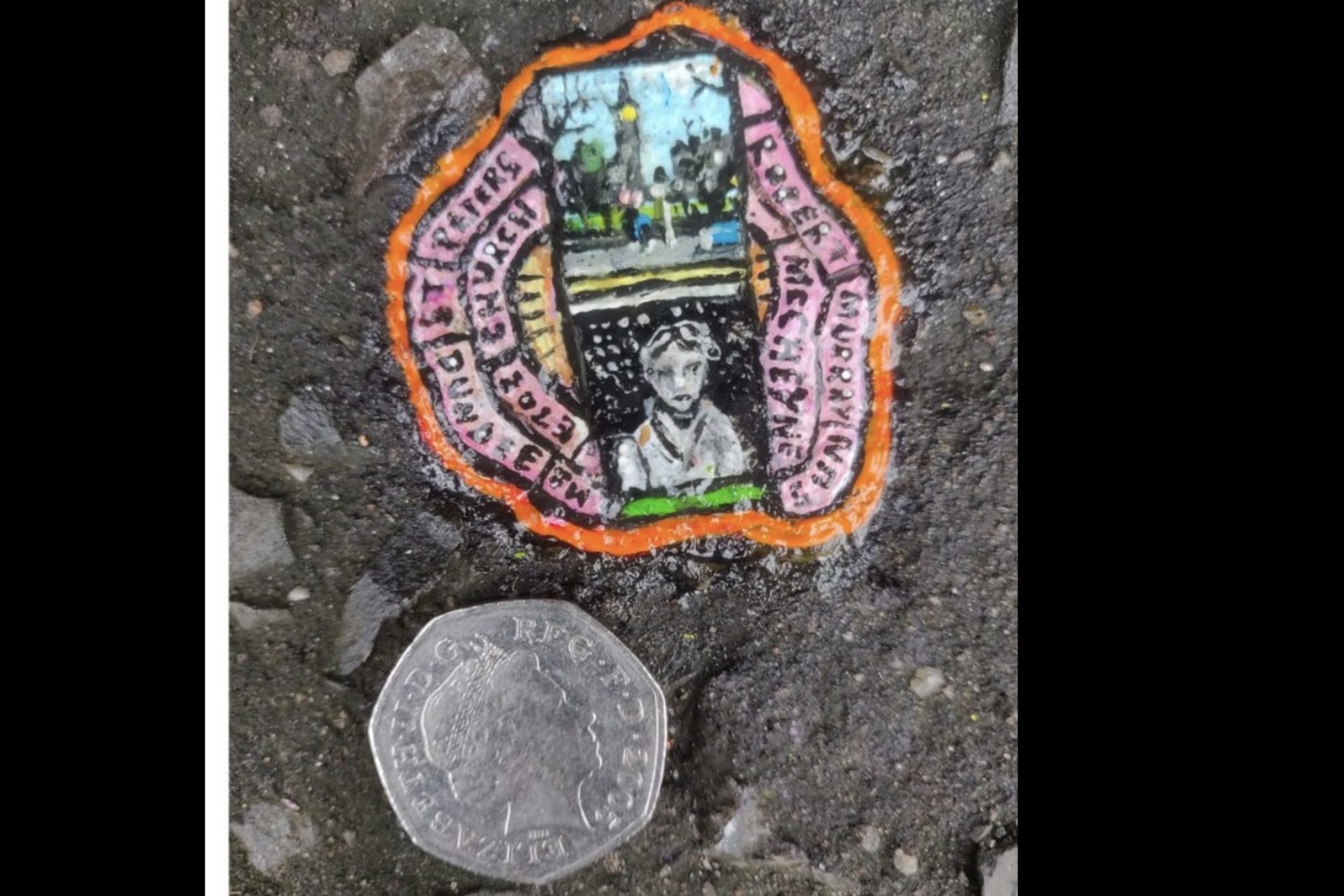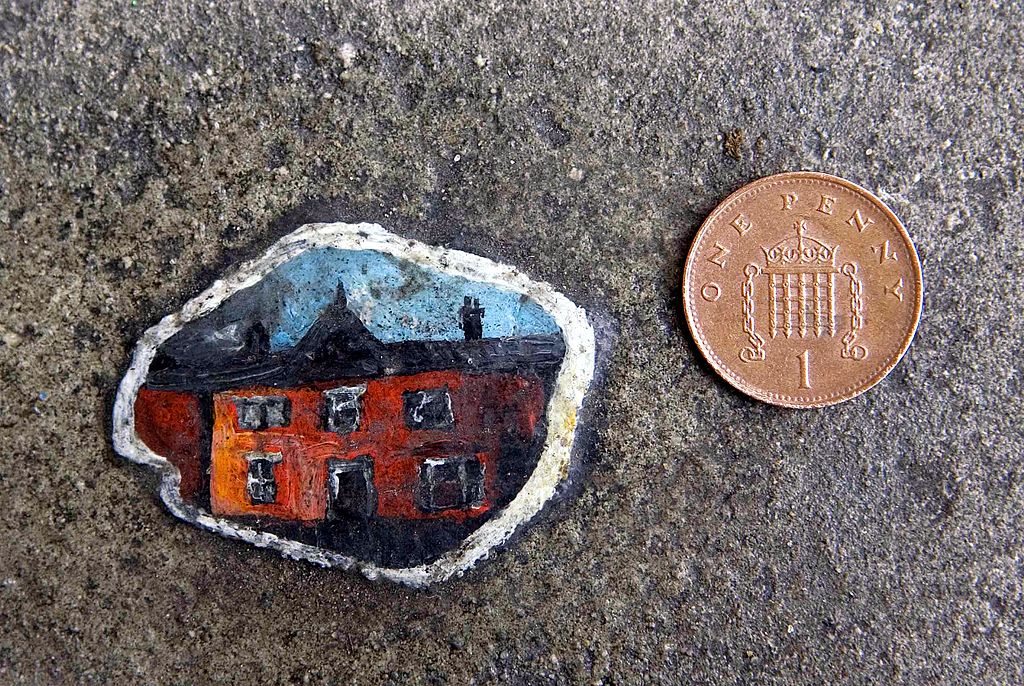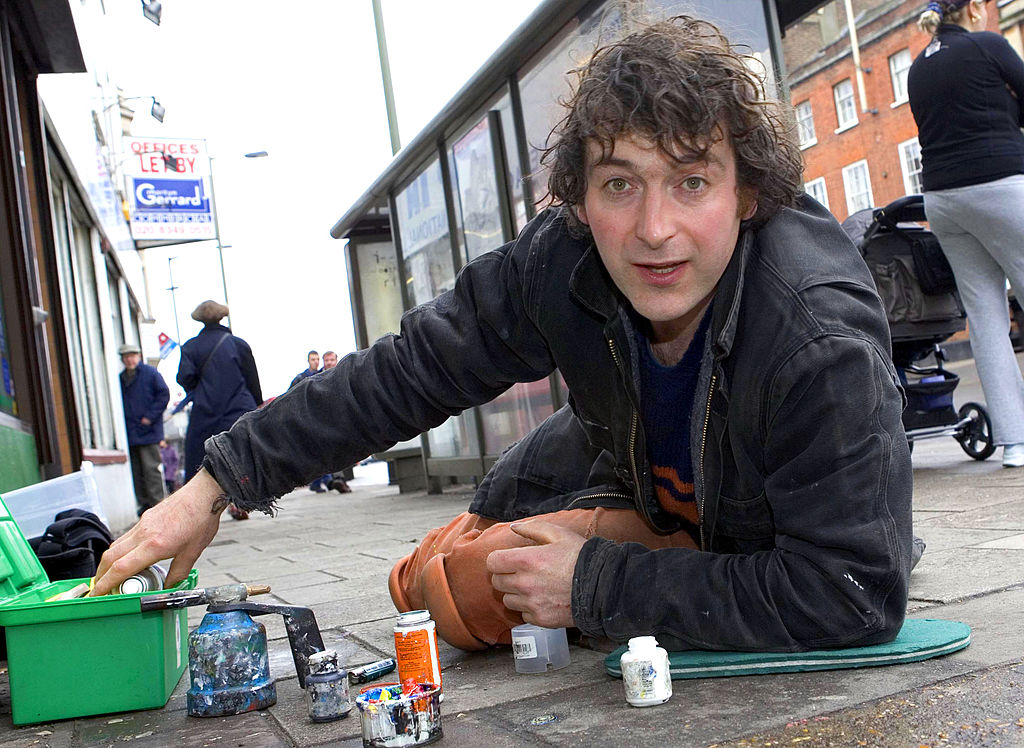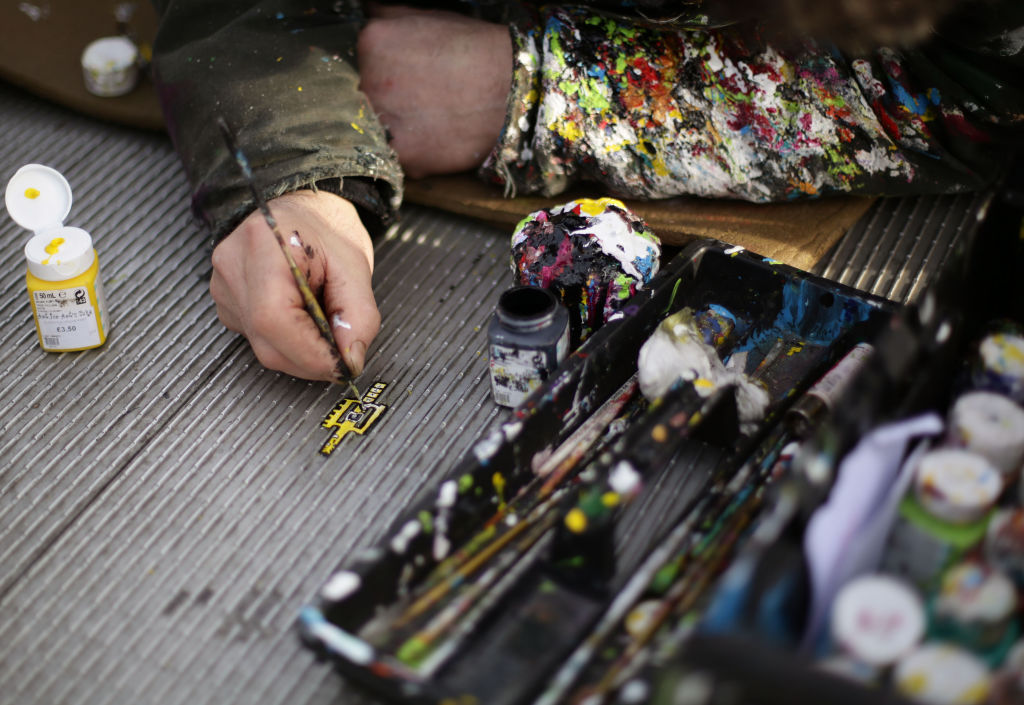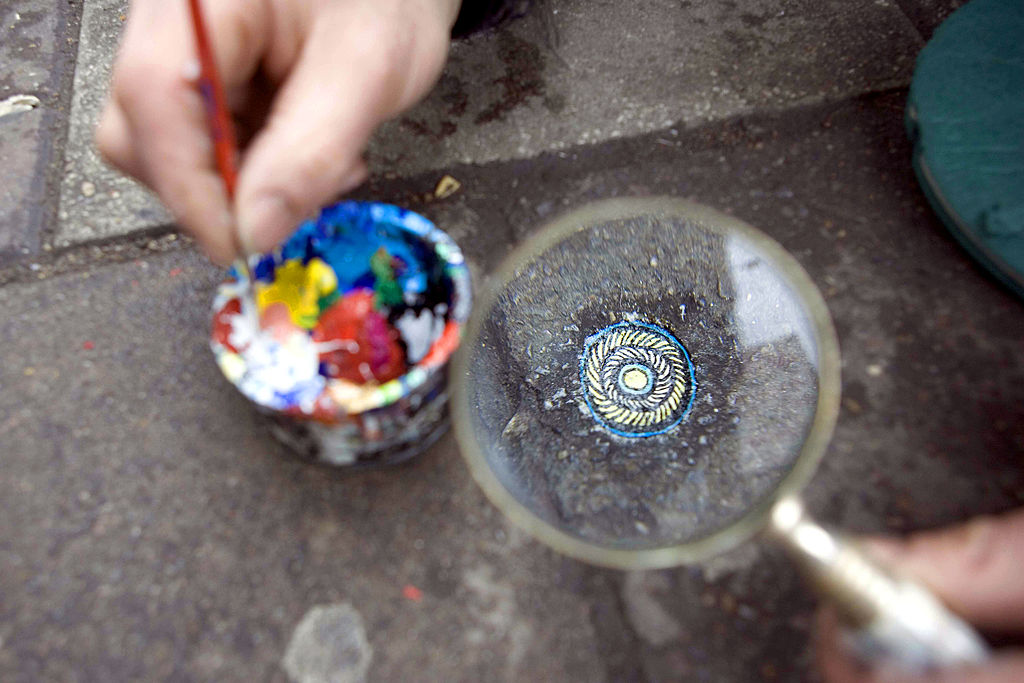These iconic chewing gum art pieces in London will soon disappear
Ben Wilson, known as “the chewing gum man” (pictured), has been painting on pieces of chewing gum crushed into the bridge since 2013.
The suspension bridge, which crosses the River Thames and connects St Paul’s Cathedral in the City of London with the Tate Modern museum on the South Bank, is dotted with about 600 of Wilson’s gum paintings, he told The Guardian.
Giles Shilson, the City Bridge Foundation chair, said on a press conference that the bridge would close from October 14 to November 5, to restore parts of it that have started to degrade and to give it a “much-needed deep clean that will leave it looking as good as new”.
Wilson, whose work on old crushed chewing gum has featured across Europe, said he was devastated that years of work would be destroyed.
Photo: Instagram @benwilsonchewinggumman
“I’ve been working on this bridge since 2013, transforming rubbish into art. I’m quite literally taking what is thrown away and spat out and turning it into a piece of artwork,” he told The Guardian.
Photo: Instagram @benwilsonchewinggumman
Wilson said he regarded his work as a form of social commentary, with each piece telling a “small story about people”, inspired by those he encountered every day, including commuters, schoolchildren, locals and other artists.
London-born Ben Wilson, aged 60, was raised by artist parents and recalls working with clay from age three, with his first art show at around 10 or 11 years old, he told Reuters.
His artwork developed into sculpture and large pieces in the natural environment before his interest turned to rubbish and discarded items from a consumerist world, like chewing gum, which he's been painting for 19 years.
“Art doesn’t just exist in the hallowed walls of the Tate Modern, in museums. It can sometimes be hidden and magical,” the artist has said.
More for you
Top Stories



